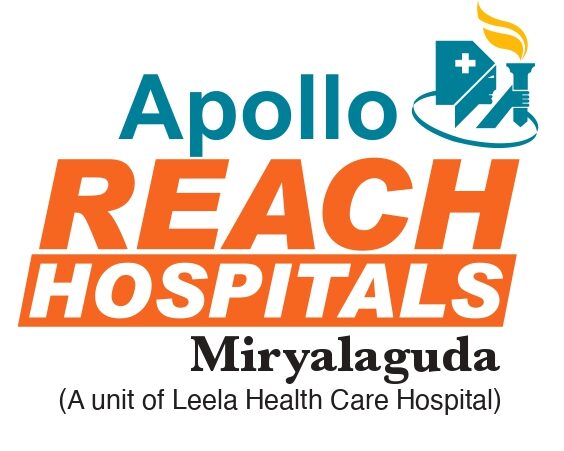What is a Laparoscopic Appendectomy?
Laparoscopic appendectomy is a minimally invasive surgery to remove the appendix. Doctors often use this method to treat appendicitis, which is an infection or swelling of the appendix. In this surgery, small cuts are made in the belly. Then, a thin tube with a camera, called a laparoscope, helps the surgeon see inside. Because of this, the procedure is less painful and recovery is usually faster. Many hospitals in cities like New York and Los Angeles offer this advanced treatment.
Symptoms of Appendicitis
Appendicitis can cause sudden pain and discomfort. Early treatment is important. Watch for these common symptoms:Pain in the lower right side of the bellyLoss of appetiteNausea or vomitingFeverSwelling in the bellyConstipation or diarrhea
However, not everyone has all these symptoms. If you notice any of them, seek medical help right away.
How Laparoscopic Appendectomy is Performed
First, you will get anesthesia, so you will not feel pain during the surgery. Next, the surgeon makes a few small cuts in your belly. Through these cuts, the doctor inserts a laparoscope and other tiny tools. The camera sends images to a screen, helping the surgeon see clearly. Then, the appendix is carefully removed. After that, the cuts are closed with stitches or surgical glue. Most people spend only a short time in the hospital after this minimally invasive appendectomy.
Benefits of Laparoscopic Surgery Over Open Surgery
Laparoscopic surgery for appendicitis offers many advantages compared to open surgery. Some key benefits include:Smaller cuts, which means less scarringLess pain after surgeryShorter hospital stayFaster return to normal activitiesLower risk of infection
Because of these benefits, many doctors now recommend minimally invasive appendectomy when possible.
Risks and Possible Complications
Although laparoscopic appendectomy is generally safe, every surgery has some risks. Possible complications include:BleedingInfection at the site of the cutsInjury to nearby organsBlood clotsProblems from anesthesia
But, most people recover without serious problems. If you notice redness, swelling, or fever after surgery, contact your doctor right away.
Recovery Process and Aftercare
After a laparoscopic appendectomy, recovery is usually quick. Most people go home within one or two days. Here are some tips for a smooth appendix removal recovery:Rest as much as possible for the first few daysFollow your doctor’s advice about activity and liftingKeep the surgical area clean and dryEat light meals at first, then return to your normal dietTake pain medicine only as directedWatch for signs of infection, such as redness or fever
Usually, you can return to work or school in about one to two weeks. However, always check with your doctor before resuming heavy activities.
Prevention Tips and Lifestyle Guidance
There is no sure way to prevent appendicitis. However, a healthy lifestyle may help lower your risk. Try these tips:Eat a diet rich in fruits, vegetables, and fiberDrink plenty of waterExercise regularlySee your doctor for regular check-ups
Even though these steps may help, appendicitis can still happen. Early treatment is the best way to avoid serious problems.
Conclusion
Laparoscopic appendectomy is a safe and effective way to treat appendicitis. Because it is minimally invasive, recovery is often faster and less painful. If you have symptoms of appendicitis, seek help quickly. Consult a qualified surgeon for personalized advice on laparoscopic appendectomy.

